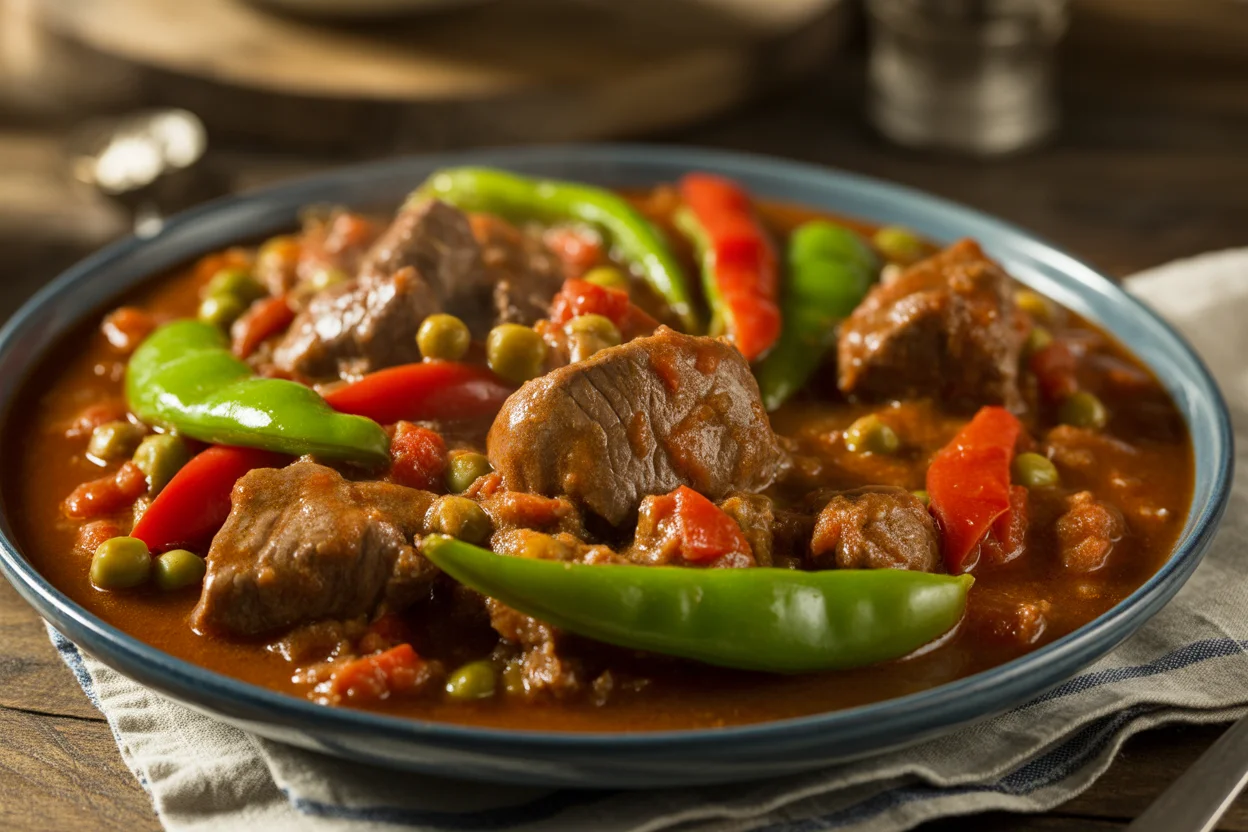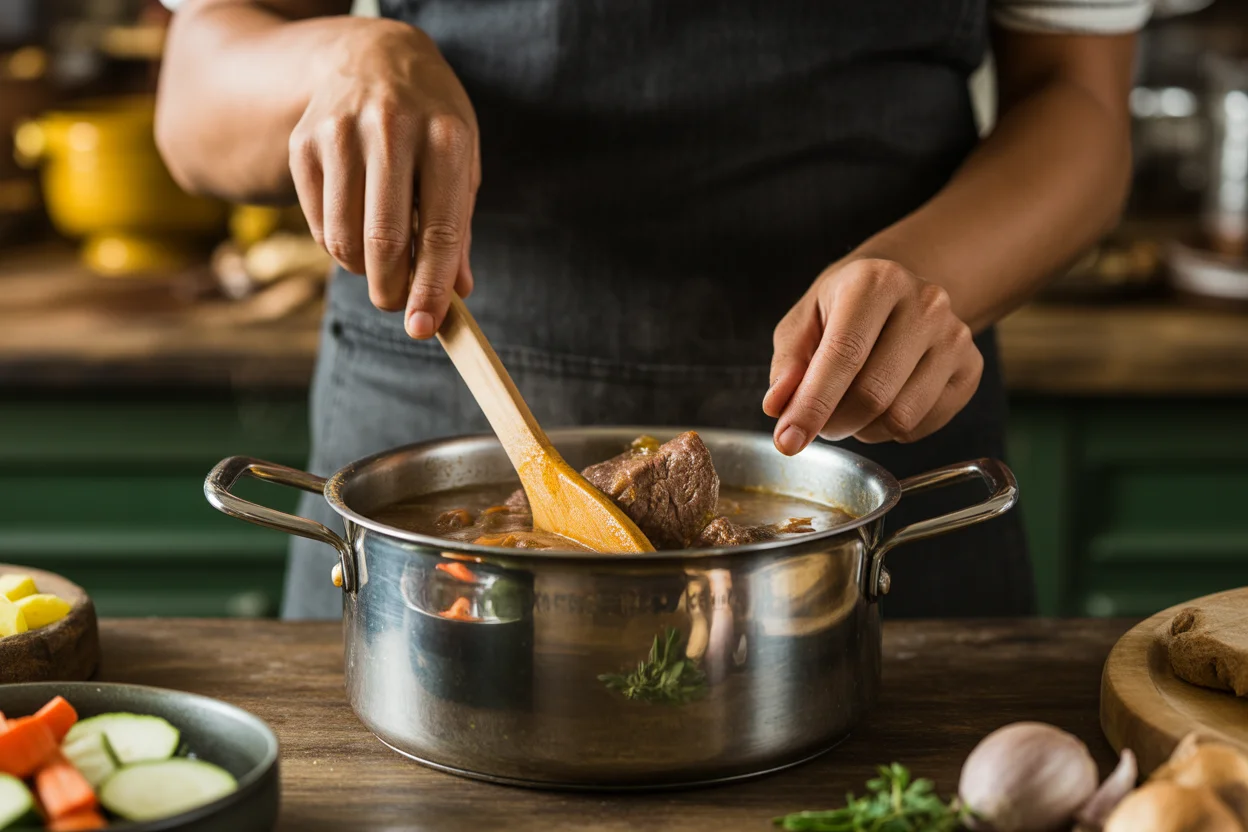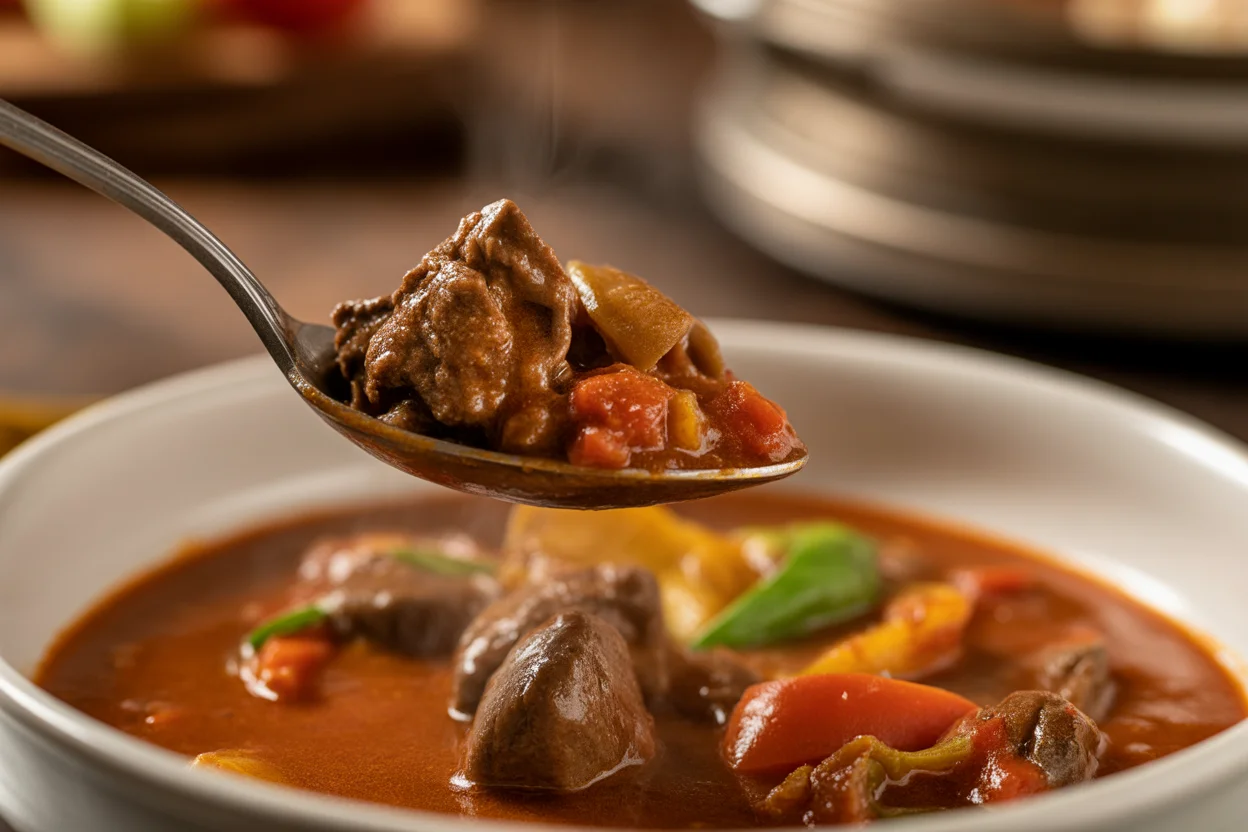Savor These Delicious Pork Filipino Recipes You’ll Love

Ever get a craving for comfort food that seriously checks all the boxes? Pork Filipino recipes are basically magic in a pot. I’ll be real, if you’ve never had a home-cooked Filipino pork dish, you’re missing out (and probably a little bit sad about it). It’s one of those meals where you grab some hot rice, let the savory sauce soak right in, and life just feels… cozier? Plus, some versions taste even better the next day, which, hello, is a rare win. If you’ve ever scratched your head wondering how to nail pork Filipino recipes at home, this is where I spill the beans. Also, if you want different flavors, check out the kare kare recipe or learn some lumpiang shanghai tricks for your next dinner party.

What Ingredients Do You Need for Pork Adobo
Let’s break this down super simply. Everybody talks about pork adobo, but what do you really need? Honestly, not a lot of fancy stuff. That’s the beauty of it—Filipino cooking is cozy, not complicated. Start out with pork belly or pork shoulder (both work, your call). You’ll want soy sauce (just the regular one from the Asian aisle), vinegar, garlic (the more the better, honestly), black peppercorns, a few bay leaves, and then a tiny spoon of sugar. Some people sneak onions in, but I say… meh, not needed. If you feel wild, toss in a chunk of potato or a boiled egg too. That’s it, really. No need to panic if you forget a bay leaf one time; it happens. Just don’t skip the garlic. Your kitchen will smell like you know exactly what you’re doing.
A friend of mine swears by adding a splash of coconut milk, which kinda turns it into something extra creamy, almost dreamy. Not classic, but hey, sometimes you gotta improvise.
I always thought adobo sounded kinda intimidating, but once I saw the ingredient list, it’s basically pantry staples. The hardest part is being patient while it simmers! – Carla, Vancouver

How to Make Super Tender Pork Adobo
If you want melt-in-your-mouth pork (I mean, who doesn’t?), here’s my two cents. Start by marinating your chopped pork in soy sauce, some crushed garlic, and a sprinkle of pepper. Even just 30 minutes makes a difference. I do this while I putter around checking emails. When you’re ready, heat up your pot, splash a tiny bit of oil, and dump the pork in. Get a little browning action in there for flavor. Smells amazing already, right? Add your vinegar, but don’t stir it just yet—trust me, this matters. Let the magic do its thing for a few minutes. Then, add water, toss in bay leaves, a pinch of sugar, and hello, slow simmer time. Give it about 45 minutes, checking sometimes if it needs more water. Patience is honestly the secret. That and not burning the bottom of the pot (whoops, I’ve been there).
The longer it hangs out on the stove, the pork just gets ridiculous—like, “why can’t restaurant adobo taste this good?” level.

What Vinegar Should You Use In Pork Adobo
Let’s talk vinegar, because yes, it matters more than people think. Filipino cooks are passionate (maybe even heated) about their vinegar choice. I stick with cane vinegar (like Datu Puti brand, if your store has it). It’s got zing, but it’s also kinda mellow. White vinegar works in a pinch, though it’s sharper and, I’ll say, a bit less complex. If you’ve only got apple cider vinegar, hey, I won’t call the food police, just understand your adobo might be a little fruity-tangy. Never use balsamic—just, nope. I tried it when desperate and, wow… regret.
Truth is, the right vinegar gives you that balance, and if your kitchen suddenly smells like a Filipino fiesta, you’re on track.

What Is the Right Soy Sauce to Vinegar Ratio?
Table_seo;
I get asked this at literally every family potluck, like I have the ancient secret. Here’s my rule: I go for a 1:1 ratio. So, half a cup of soy sauce and half a cup of vinegar, if I’m using about a kilo of pork. Some like it more punchy, so they add an extra splash of vinegar for that sharp kick. If you’re testing the waters, start with equal parts and adjust next time. Promise, you’ll find your Goldilocks zone eventually. Oh, and don’t drown the pork—too much liquid and your adobo will taste like soup. Been there.
Took me a few tries to get the balance just right. Now my family actually requests *my* adobo for parties. Never thought that would happen!
What to Do With Leftover Pork Adobo
Leftovers, honestly, are a gift from the food gods. This dish just gets better sitting overnight.
- Fry it up: Shred some of the pork and crisp it in a pan. Throw it on garlic fried rice, top with a sunny egg. Sounds basic, tastes like a five-star restaurant breakfast.
- Make adobo flakes: Once it’s cold, shred the pork with a fork and let it sizzle in oil until crunchy. Seriously addictive.
- Adobo sandwich: Slap leftover pork adobo in a warm bun, maybe with some pickled veggies. Instant lunch hero.
- Toss with noodles: Some thick pancit or even regular spaghetti can soak up those leftover juices. No one will judge.
If you want more creative ideas, explore authentic pork sinigang for new ways to enjoy Filipino flavors.
Common Questions
What cut of pork is best for Filipino pork adobo?
Pork belly is a classic, but shoulder (kasim) is great for less fat. I flip-flop depending on what’s on sale.
How long should I marinate the pork?
Thirty minutes is fine if you’re impatient, but overnight is best if you want flavor all the way through.
Is it okay to use brown sugar or honey instead of white sugar?
Sure! Makes it slightly deeper in flavor. Just don’t dump in too much, or it’ll be weirdly sweet.
Can I freeze pork adobo?
Absolutely. It saves like a champ. Warm slowly on the stove so the pork stays tender.
Is it supposed to be dry or saucy?
Personal. Some like it brothy, some want barely any sauce. I’m all about medium sauce—enough to drench rice, but not swim in it.
Give Pork Adobo a Try and Level Up Your Home Cooking
There you have it—my honest, wobbly guide to making pork Filipino recipes, especially the crowd-pleasing adobo. Trust me, once you try it, your kitchen routine might never look the same. If you’re curious about other Filipino classics, you should totally check out this Pork Mechado Recipe from Panlasang Pinoy or get inspired by the Filipino Pork Adobo guide at Jeanelleats. There’s way more tasty stuff on the horizon, like The Best Filipino Pork Recipes round-up for your next food adventure, or even branch out with something unique like Bicol Express if you want a kick of coconut and chiles. Get that pot simmering and make your kitchen the happiest place on the block.


Pork Adobo
Ingredients
Main Ingredients
- 1 kilo pork belly or pork shoulder Choose based on preference. Both work well in this recipe.
- 1/2 cup soy sauce Use regular soy sauce.
- 1/2 cup cane vinegar or white vinegar Cane vinegar is preferred for its balance.
- 6 cloves garlic Crushed. More garlic enhances flavor.
- 1 tablespoon black peppercorns
- 2 pieces bay leaves Can be omitted if not available.
- 1 teaspoon sugar Balances tanginess.
- 1 tablespoon oil For browning the pork.
Instructions
Preparation
- Marinate chopped pork in soy sauce, crushed garlic, and pepper for at least 30 minutes.
Cooking
- Heat oil in a pot and brown the marinated pork.
- Add vinegar to the pot without stirring and let it simmer for a few minutes.
- Pour in water, add bay leaves and sugar, and then let it slow simmer for about 45 minutes.
- Check occasionally for liquid level, adding more water if necessary to prevent burning.
